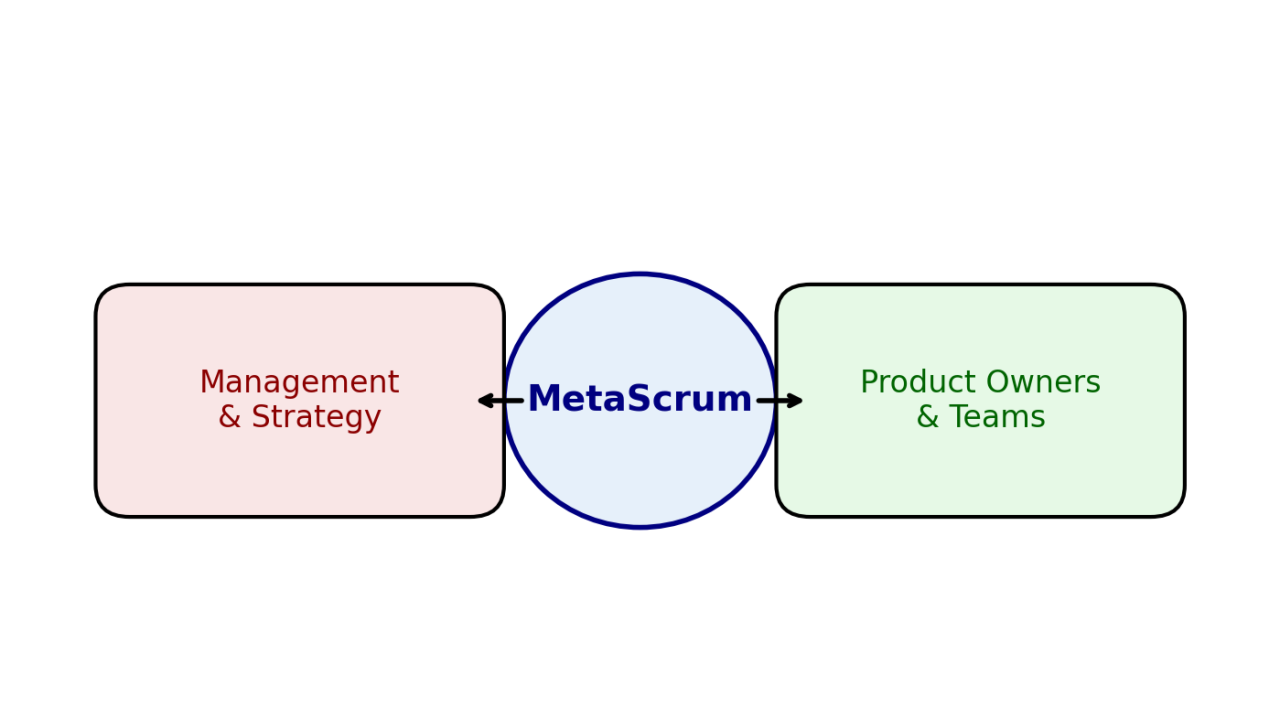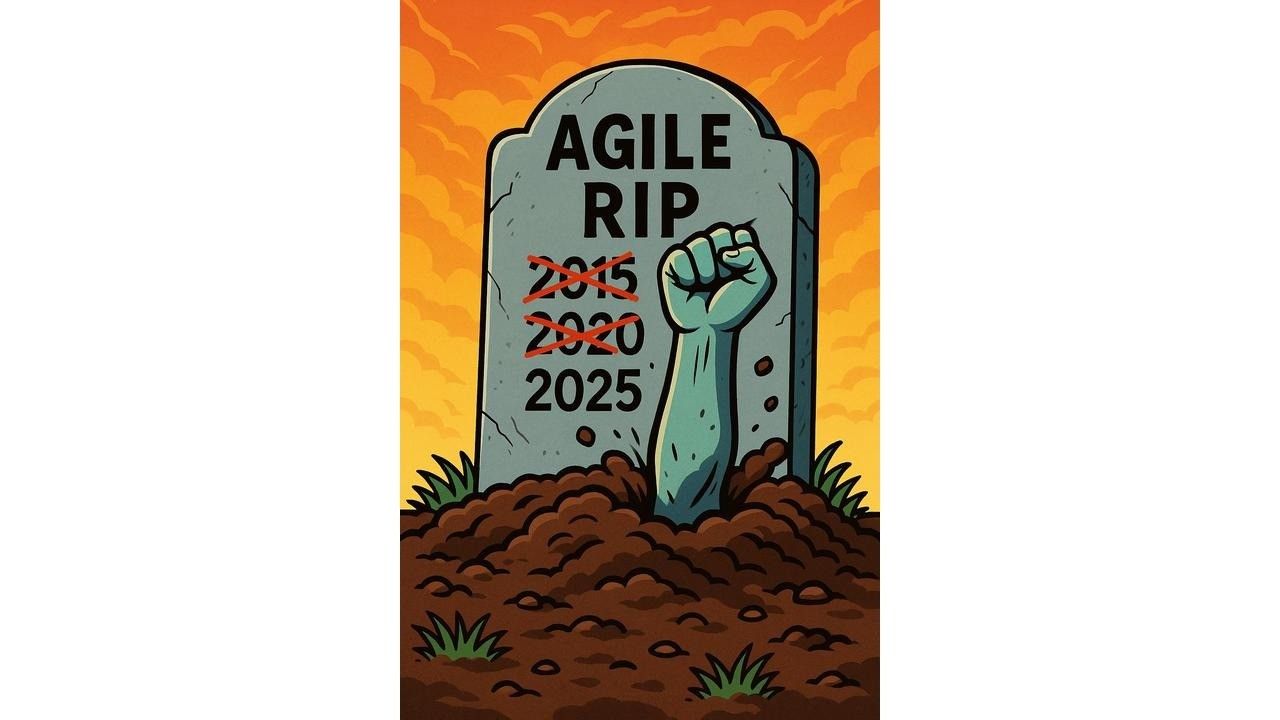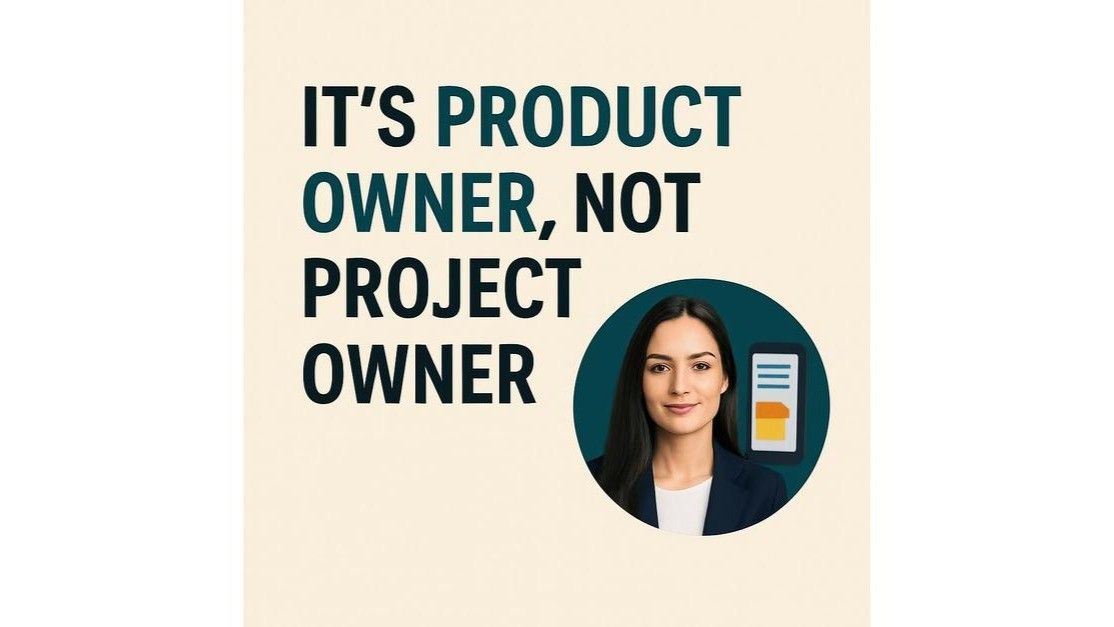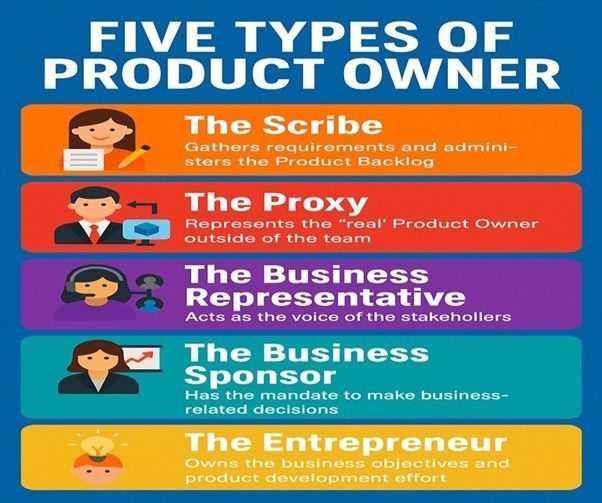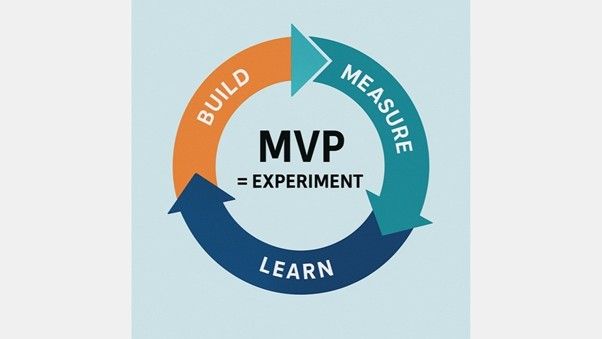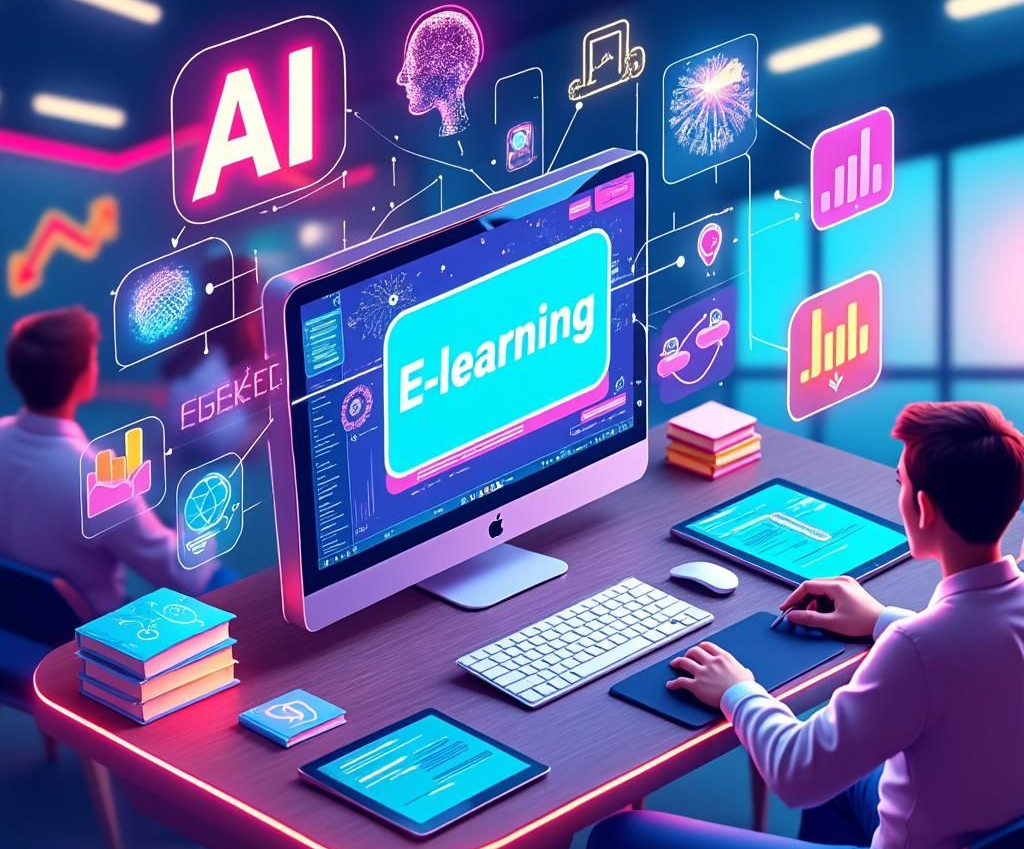Agile Learning and Development at Scale
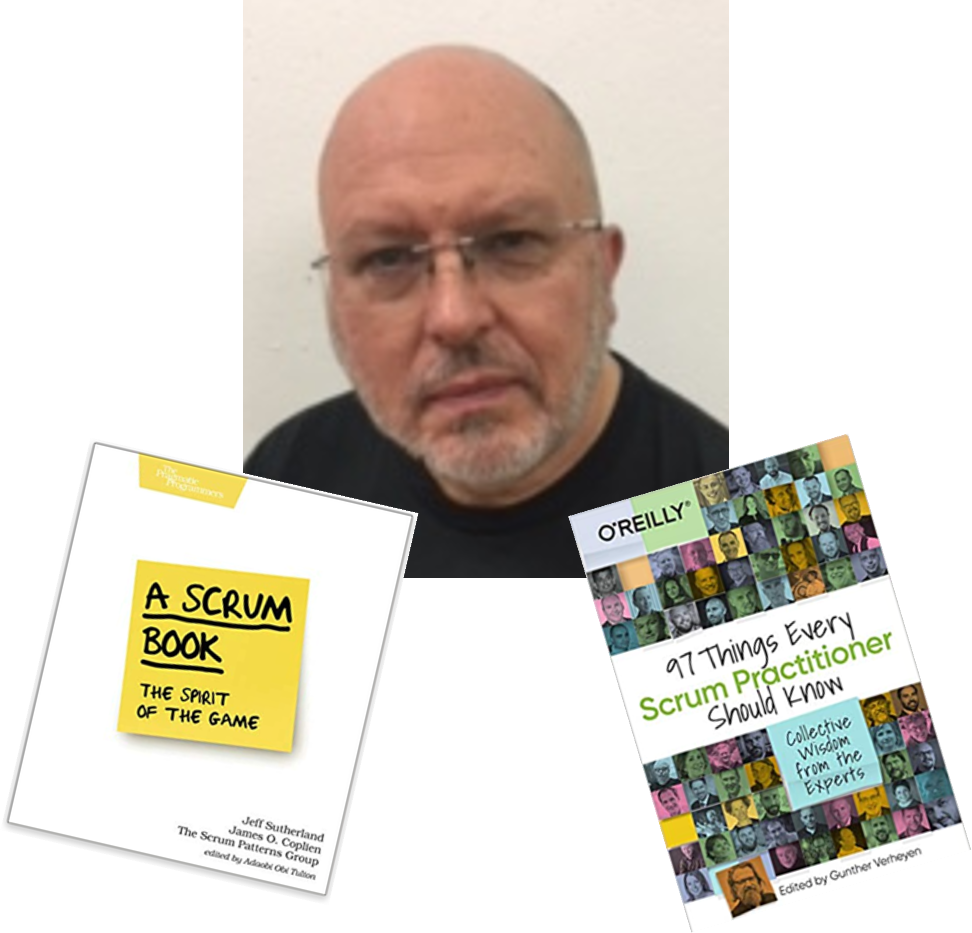
An Interview with Alan O'Callaghan
Q: You have championed instructor-led training, mentoring and coaching for Agile
development for nearly a quarter of a century. But your company, Emerald Hill Limited,
has just released an Adaptive Learning course on Scrum Fundamentals. Is this a change of
heart?
AOC: Not at all. Context is 95% of the issue with Agile training. Every team is working in its own context, and experiences changes which are specific to it, so the personalised intervention of experienced coaches, mentors and trainers is critical to success.
Q: So why have you chosen now to release what is essentially an e-learning course?
AOC: The world of work is experiencing seismic change. Across the business landscape, autonomous cars, robotics, artificial intelligence (AI), the internet of things and other advanced technologies demands reskilling for the technology-enabled workplace. The COVID-19 pandemic has acted as a forcing function, exposing dysfunctions and flaws in the structure, processes and culture of organizations. As a result many are urgently switching to Agile for the first time, or looking to speed up their acquisition of Business Agility.
On top that there is the Great Resignation. I read the other day that 46% of workers in the Netherlands, for example, plan to change jobs in the next 18 months. It’s not a Dutch phenomenon. This reshuffle of the workforce is happening globally, and placing greater demands on the L&D functions in organisations whose staff – or at least a large part of them – might now be working remotely.
How do you scale learning and development in that situation, and how do you ensure Return on Investment in training when the labour market is so mobile? Learning that can acquired at a pace determined by the learner, content that be accessed at any time, any place, on any device is an essential part of the toolkit for upskilling at scale.
Q: But how does that fit with Agile training given what you’ve said about the specificity of
the issues organisations, teams and individuals face?
AOC: There are some invariants. The Scrum framework, for example, is composed of essentially two building blocks: a rigorous, time-boxed inspect-and-adapt cycle designed to surface new information during product development, and a self-organising Scrum team authorised to take action on that information. The rules of Scrum – the roles, the events and the artifacts- are mandatory in any situation if you are claiming to be using Scrum. They are what complexity scientists might call ‘enabling constraints’. They provide a lightweight structure which maximises the decision-making authority of the Scrum teams so that they can respond quickly and appropriately to the specific challenges they face.
The rules are the rules are the rules. They can be delivered through technologies such as Adaptive Learning. An organisation using Scrum can quickly scale that kind of training so that everyone in the organisation is Scrum-aware and is using the same vocabulary with a consistent meaning. New hires can be quickly onboarded and Graduate Training Schemes enriched. And, to be frank, it’s a lot cheaper to do it that way.
It is the application of the rules, not the rules themselves, which is where coaching and instructor-led training becomes important. Adaptive Learning does not substitute for or lessen the need for that kind of intervention. It complements it. But from the learning organisation’s point of view, personal interventions are relatively expensive so companies want to concentrate those resources where they are most needed: the training of ScrumMasters and Product Owners and the coaching of Agile teams, for instance. The additional benefit for the coach and the trainer is that they can leave the ‘basics’ if you like to Adaptive Learning or other kinds of e-learning and concentrate their efforts on the more interesting and challenging stuff they need to get across.
Q: You’ve mentioned Adaptive Learning a few times now. How does it work?
AOC: You can think of Adaptive Learning as a kind of personalised e-learning on steroids. We’ve partnered with Area9 Lyceum which is the global leader in Adaptive Learning and use their cloud-based platform, Area9 Rhapsode TM . A registered learner can sign in at any time, from any place on any device.
You start by assessing your level of understanding anywhere from ‘novice’ to ‘expert’ and the platform will start by presenting you with selected content based on that assessment. Broadly speaking, if you are an expert you’ll get mainly probes – questions in various formats- before you are presented with any training content. Novices will see content first and their understanding gets tested later. There are multiple probes for each learning objective. After each one you answer you will be asked for your level of confidence in your response. Using the latest AI algorithms the program adapts according to your progress, only presenting you with the material that you do not yet understand. And it does so repeatedly, in different ways, until you demonstrate mastery. You are more likely to be
engaged as a learner because you won’t be bored by being presented with stuff you already know. Research shows that with this technology you can achieve 100% comprehension in half the time it would take using last-gen e-learning, and that the effort required to retain what you have learned is 90% less.
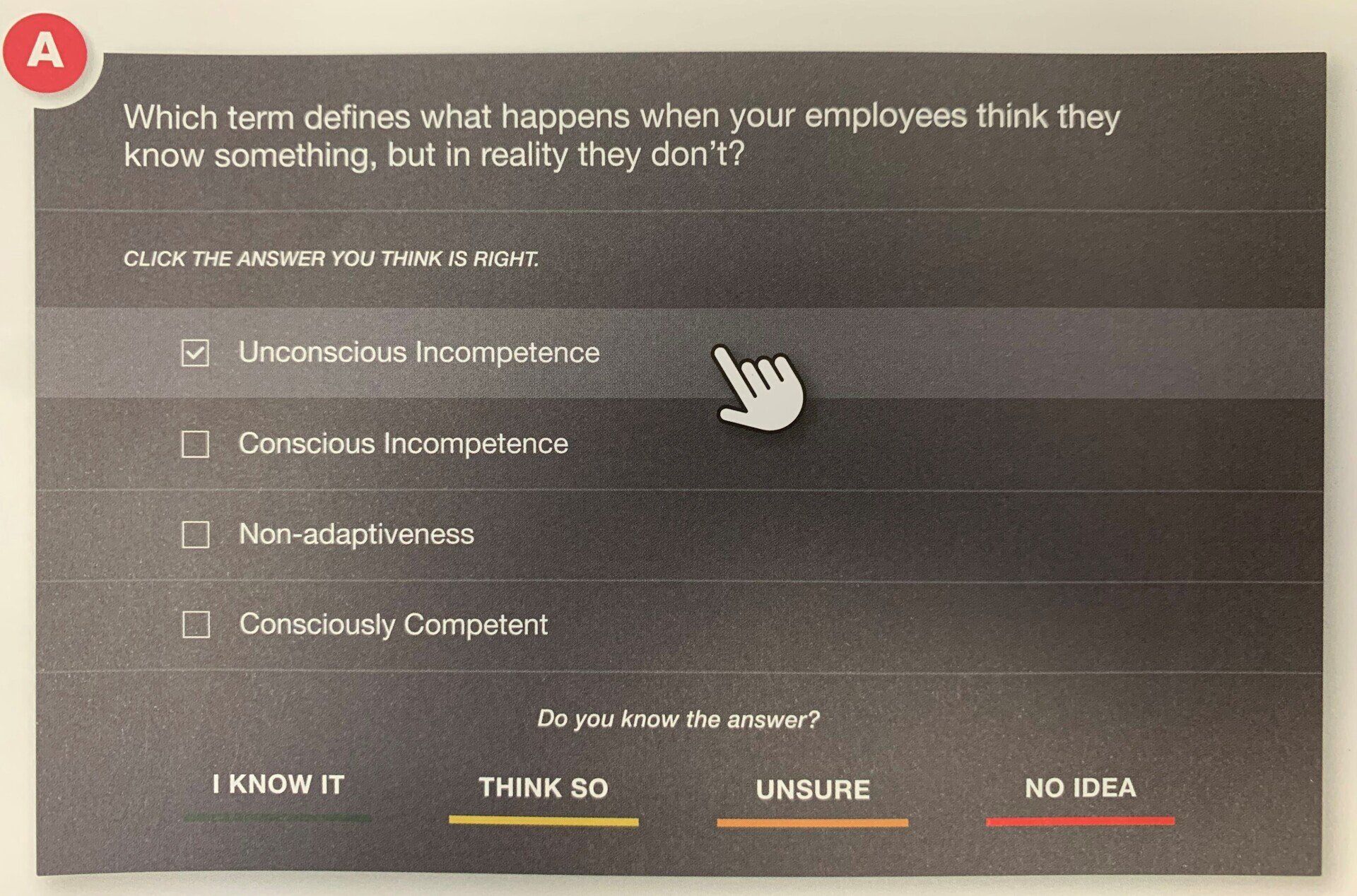
Q: I know Emerald Hill Limited tested this technology for two years before committing to
it. What impressed you most about Adaptive Learning?
AOC: That’s easy. Every Agile instructor, coach, trainer or mentor who has been doing the job for more than five minutes is aware that there are tsunamis of myth and misinformation that constantly threaten to drown the essential ideas of Agile development. Some of it is even peddled by big name consultants. You know what I mean: “Agile is about working faster, harder by adopting practice X or practice Y”; “ScrumMasters are kinds of Project Managers”; “Product Owners are not Scrum Team members”. That kind of rubbish. They become major obstacles to success when learners hold those myths and believe them to be right. Psychologists call this “unconscious incompetence”. It’s the gap between what you think you know about a subject, and what you actually know. Area9’s data shows that learners in any subject are typically 15%-40% unconsciously incompetent. It’s probably a higher figure for professionals learning Agile ways! Area9 Rhapsode TM targets this really effectively. Each learner gives herself an assessment of her confidence in her answer to each probe. That input is combined with other data about the learner’s interaction with the system -for example how long it took to provide an answer- and analysed in real time to determine what content should be presented next. Area9 refer to their biological model that mimics the way viruses behave in nature, evolving moment-by-moment using trial-and- error as their environment changes. Agilists call this “inspect and adapt”. It’s a perfect fit.
Q: So tell us about the Scrum Fundamentals course…
AOC: It’s composed of four modules: Scrum Theory, Scrum Roles, Scrum Artifacts and Scrum Events and covers all of the learning objectives set out in Scrum Alliance’s Scrum Foundations certificate. There are 49 fine-grained learning objectives and well over a hundred probes associated with them which means learners can take the course in very small chunks at their own pace. Individuals can sign up for the course for £100 +VAT. Group discounts are available for 4 people or more.
Q: Does the Scrum Fundamentals course lead to any recognised certifications?
AOC: On completion you receive a certificate of completion from Emerald Hill. Optionally – and at no extra cost – you can acquire Scrum Alliance’s Scrum Foundations certificate by attending an online session with me, booked through Emerald Hill Limited. Since the learning objectives form part of the wider objectives of Scrum Alliance certification courses you also get a voucher for a discount on either a Certified Scrum Master (CSM) or a Certified
Scrum Product Owner (CSPO) course delivered by Emerald Hill to be taken within 6 months of completion of the Adaptive Learning course.
Q: How long does it take to complete the course?
AOC: No individual is the same as another and Adaptive Learning is, as we’ve said, highly personalized. Not only will learners engage with the course at their own pace, but how much material they are presented with will differ according to the platform’s assessment of their understanding. However, there is about two and a half hours of content. Understanding is constantly probed throughout and refreshed until 100% comprehension is achieved.
Q; Finally, How can an organisation take best advantage of Adaptive Learning for Agile
Development?
AOC: Organisations can purchase credits for multiple seats for any Emerald Hill Adaptive Learning course. We’ve got new titles in the pipeline to do with User Stories, Story Mapping, Kanban and so on, plus some management-focused courses on Business Agility. Alternatively our content can be integrated into an organization’s Learning Management System (LMS) via Area9 Rhapsode TM and “white labelled” under license so that is presented in the colour scheme, style and logo of the host company. Depending on the pricing agreement unlimited numbers can access unlimited courses. Any updates to Emerald Hill content would be immediately available to all learners. Integration and white labelling is an economic solution to scaling that supports onboarding of new hires as well. Anyone wanting to explore the possibilities should contact maria@emerald-hill.co.uk to learn more.
Follow Emerald Hill Limited at https://www.LinkedIn.com/company/emerald-hill-limited/
Alan O’Callaghan is a Certified Scrum Trainer (CST) and Principal Product Owner at Emerald
Hill Limited. He is also a member of the Scrum Patterns Group, the Agile Fluency® project and
the Business Agility Institute. He is a contributory author to two influential books on Agile: A
Scrum Book: The Spirit of the Game by Jeff Sutherland, James O. Coplien and the Scrum
Patterns Group, and 97 Things Every Scrum Practitioner Should Know, edited by Gunther
Verheyen.
Follow Alan at https://www.LinkedIn.com/in/alanjocallaghan/
